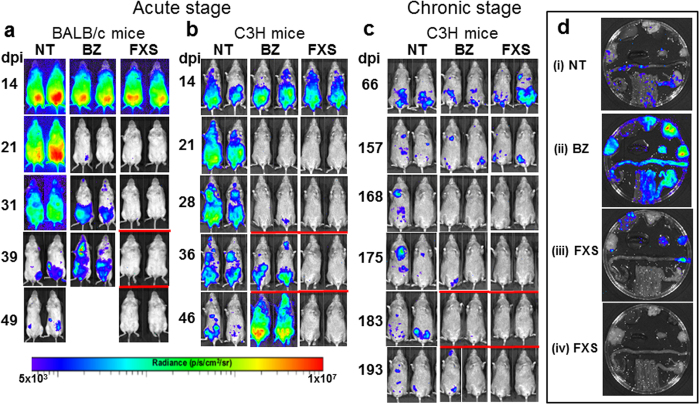Figure 4. Nitroheterocylic drug activity in other experimental models of Chagas disease.
(a) BALB/c mice infected with bioluminescent T. cruzi JR strain were treated with benznidazole (BZ) or fexinidazole sulfone (FXS) 14 days post-infection. NT, non-treated (vehicle only). Drugs were administered orally, for 5 days at 100 mg kg−1. FXS-treated mice were also immunosuppressed by cyclophosphamide treatment on days 32, 36 and 40 to promote the reactivation of any residual parasites (underlined with red bar). BZ was non-curative in all cases, (n = 6), whereas 4/5 mice treated with FXS were judged parasite-free after both in vivo and ex vivo imaging. (b) C3H mice infected with bioluminescent JR strain were treated orally with BZ or FXS 14 days post-infection, for 5 days at 100 mg kg−1. Where necessary, to confirm curative outcomes, mice were immunosuppressed by cyclophosphamide treatment on days 28, 32 and 36 post-infection (underlined with a red bar). BZ was non-curative (n = 5), whereas 4/5 mice treated with FXS were parasite-free after both in vivo and ex vivo imaging. (c) C3H mice, chronically infected with bioluminescent JR strain were treated orally with BZ or FXS for 5 days at 100 mg kg−1, commencing 161 days post-infection. Where required, cyclophosphamide treatment commencing on day 175, was used to promote reactivation. BZ-treatment cured 3/5 mice, whereas 5/5 mice were cured with FXS. (d) Assessment of drug-activity by ex vivo imaging. Organs/tissues from mice treated in the acute stage were removed 50 days post-infection (Methods) from NT (i), BZ-treated (ii) and FXS-treated (iii and iv) mice. Organs/tissues are arranged as described in Figs 1a and 2b. In the case of FXS treatment, examples of non-cured (iii) and cured (iv) mice are illustrated.

